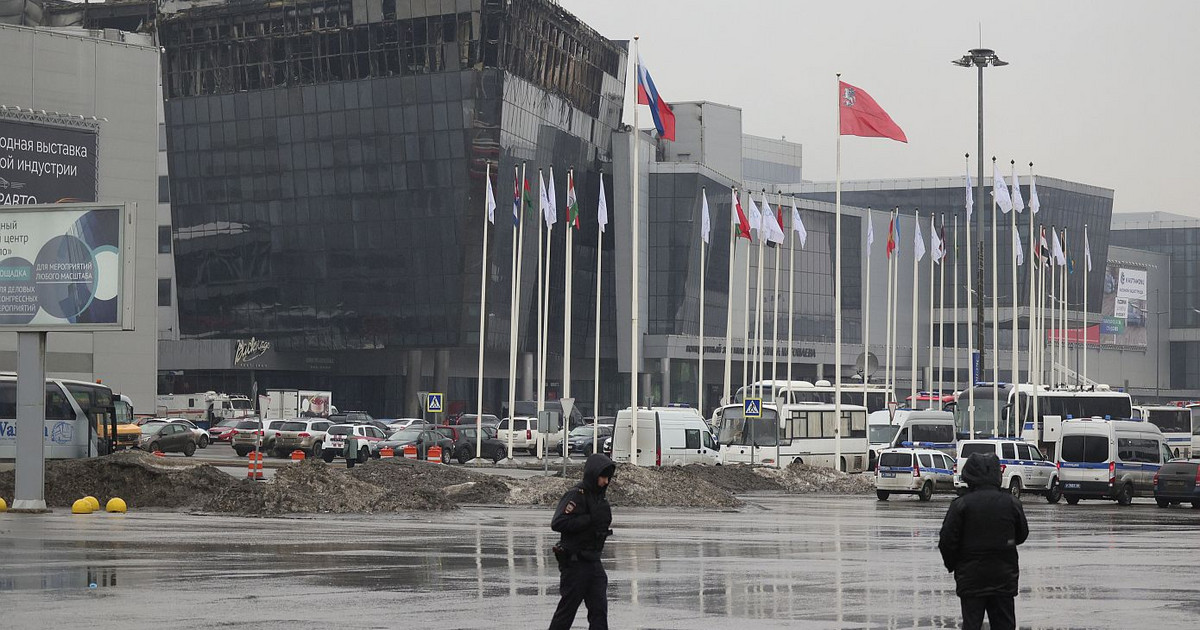The significant change that occurred in the buying habits of the consumer public in the last year and the great effect of inflationary pressures on disposable income and consequently on the retail market in Greece is demonstrated by a survey conducted by the Hellenic Business & Retail Association.
The research was implemented with the scientific support of the ELTRUN laboratory of the Athens University of Economics and Business and took place in the period 9-11 December 2021 through a Panhellenic Research on a sample of 859 consumers. Particularly interesting findings and trends are recorded in relation to the shopping habits of the public for the Christmas market, the impact of rising energy costs and the pandemic.
The survey records consumer perceptions of Christmas shopping. The majority of the public, 58%, believe that the value of its purchases this Christmas will be reduced, while only 7% estimate that it will be increased, and 35% believe that it will remain unchanged. The largest percentage, 31%, believe that this reduction will be more than half of last year’s expenditure, more than 50%. On average, the consumer estimate translates into an estimated decrease of -20%, ie that this year will lose about 1/5 of last year’s “turnover”.
As for the estimated amount of spending for purchases during the Christmas period, it is estimated at an average of 146 euros per capita. 15% estimate that they will not spend anything, 14% up to 50 euros, 23% up to 100 euros, 25% from 101 to 200 euros, 17% from 200 to 500 euros and 7% over 500 euros. Practically half the public, 52% will spend less than 100 euros this Christmas for shopping.
It is worth noting that 20% – one in 5 consumers – have already completed their purchases for Christmas, 7% during Black Friday and the remaining 13% earlier. The majority of the audience at 43% is expected to do the shopping this week, while 37% at Christmas week.
In relation to online shopping, as shown in Figure 3, 16% say they will do most of their shopping online, a percentage that shows the dynamics of online stores. 68% say they will do most in physical stores, while 17% say they will not buy. Practically the ratio is formed to 1 consumer buys mainly electronically for 4 consumers who buy mainly natural.
The above findings are related both to developments in relation to both the COVID-19 pandemic and to the impact of rising energy costs and price increases on disposable consumer income. According to the survey, the percentage of consumers who buy products with the basic criterion of monetary expenditure increased from 43% last year at the same time to 59% of 2021 with all other criteria. The data show that the public’s concern about price increases has also increased significantly.
.
Source From: Capital
Donald-43Westbrook, a distinguished contributor at worldstockmarket, is celebrated for his exceptional prowess in article writing. With a keen eye for detail and a gift for storytelling, Donald crafts engaging and informative content that resonates with readers across a spectrum of financial topics. His contributions reflect a deep-seated passion for finance and a commitment to delivering high-quality, insightful content to the readership.






